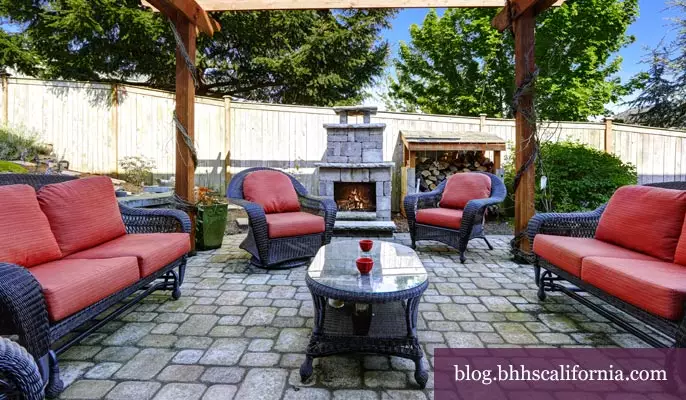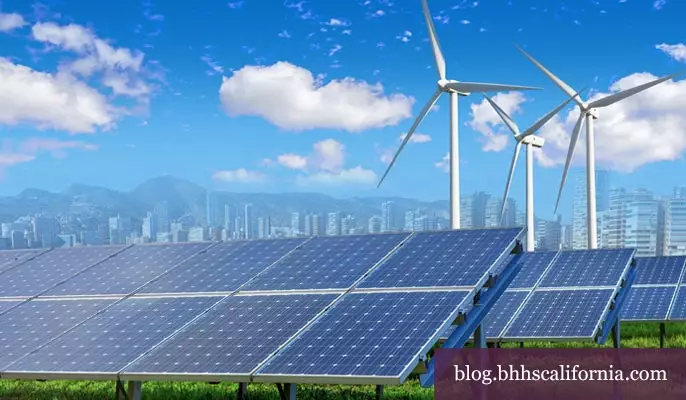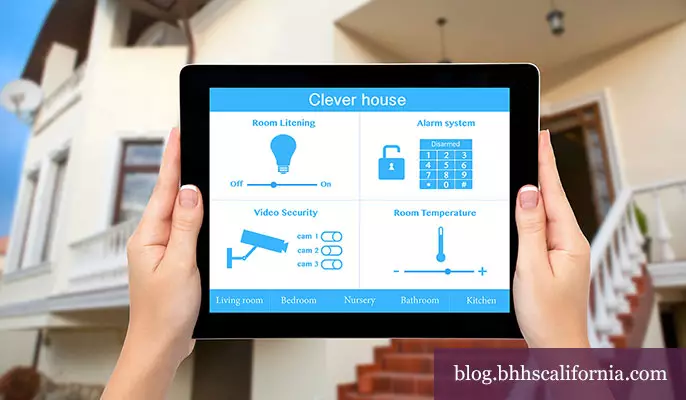August 10th, 2015 at 10:00 am

In Southern California, we are no strangers to outdoor living spaces. In fact, we demand them.
If you’re trying to create or spruce up your outdoor living space before summer ends, here are a few characteristics you should think about. Once you’re finished with your backyard makeover, you’ll have the perfect patio where you can relax, entertain, or enjoy Sunday brunch with family and friends.
Incorporate bright colors
Show off your personality. You can have more fun in your outdoor space by adding bold colors or fun patterns. Try to incorporate colors that are already found in your yard or home, and add bright colors to them.
You can also get creative around holidays, adding red, white, and blue paper lanterns for the Fourth of July, or green table settings for St. Patrick’s Day.
(more…)
July 27th, 2015 at 10:00 am

Sleepless in San Diego? Sweltering in Santa Barbara?
The debate over global warming goes on, but there’s no denying temperatures have been unseasonably hot in Southern California in recent weeks.
If you don’t have central air conditioning or multiple window units at home, life can get pretty uncomfortable. But the locals got by pretty well even before Frigidaire marketed the first room cooler in 1929–and so can you. (By the way, that first refrigeration unit used sulfur dioxide refrigerant, had a capacity of one ton (12,000 BTU), and was placed outside a house or in the basement).
An alternative to expensive central or evaporative systems are the waterless, portable a/c units that range from about $180 to $800, depending on BTU. Their beauty is they can be rolled from room to room and don’t need to be fitted into valuable window space.
(more…)
July 20th, 2015 at 10:30 am

You want to start using solar energy at home but:
Don’t give up on going off the grid just yet. A “solar garden” might be sprouting up in your neighborhood soon.
A solar garden is a solar electric array with multiple subscribers connected to the utility grid. As a subscriber, you can buy a portion of the power produced by the array, and receive a credit on your electric bill. Utility customers within the solar garden’s service area-including residences, businesses, local governments, nonprofits, and faith-based organizations–can all subscribe to share the benefits of going solar.
A sunny outlook
(more…)
July 6th, 2015 at 10:00 am

You keep saying you’re going to buy earthquake insurance for your home. But you haven’t done it yet. What are you waiting for? The Big One?
There’s really no reason to wait any longer. According to the California Earthquake Authority (CEA)–the quasi-government agency that underwrites the majority of our state’s residential quake policies–premiums have never been lower. The CEA has reduced its rates three times in recent years, by a total of 45 percent.
“It’s not a matter of if there will be a big earthquake, but when,” said Michelle Marquez, Vice President of Sales for PCG Agencies Inc., the managing partner of HomeServices Insurance Agency. “It can be financially devastating if an earthquake decimates your home. How are you going to recoup that loss? That’s where earthquake insurance comes in.”
While earthquake policies can be purchased any time, an alert real estate agent can help direct homebuyers to obtain coverage early in the process.
“Agents and managers contact us regularly for guidance and recommendations with earthquake and homeowners insurance policy questions,” Marquez said.
Got questions?
(more…)
June 30th, 2015 at 10:00 am

According to the FBI’s 2013 crime report, 5,200 burglaries occur in the U.S. each day. Of all burglaries, 74 percent are on residential property. Technology advances have come a long way to make home security more affordable and easier to use. Today you can protect yourself, your family, and your possessions with minimal effort. Your home is your sanctuary and a place where you should feel safe. The apps and systems outlined here can help.
Nest Protect is an advanced carbon monoxide- and fire-detection system. If you haven’t upgraded these alarms in your home for a few years, Nest Protect is worth considering. While Nest Protect sounds like a traditional alarm, it also communicates with you in a human-like voice. Before sounding the alarm, Nest Protect alerts you as to where the danger is. For example, if a candle is burning in the living room and you’re in a different room, Nest Protect will alert you by stating “there’s smoke in the living room.” You can silence the alarm via voice command if the smoke is not a threat, or the alarm will sound. Through programming Nest Protect will remember its location. With your app connected to your phone, you’ll also be able to monitor your house when you’re not at home. Nest Protect sends you a message if there’s a problem in the home. Additionally, if you have a Nest Thermostat and your Nest Protect carbon-monoxide alarm goes off, the thermostat will automatically shut off your gas furnace. This can help if the carbon-monoxide leak is coming from your gas lines.
(more…)